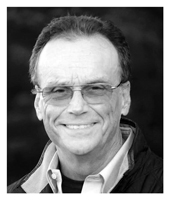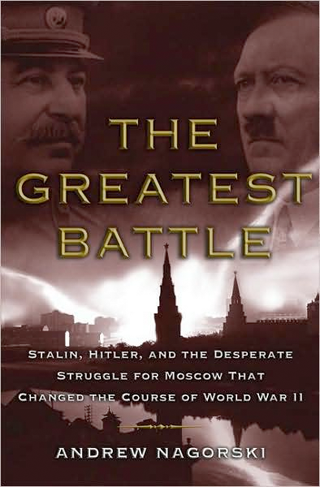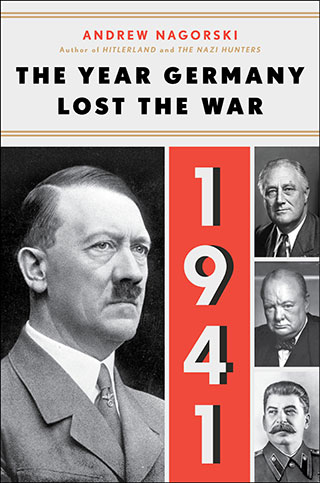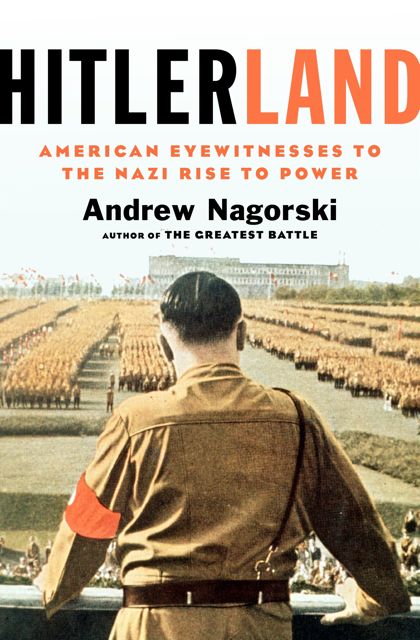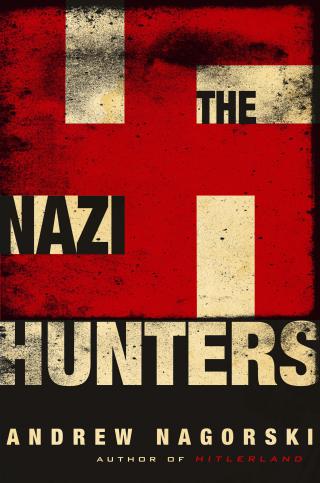"I’ve always been an optimist,” Rita Cosby writes in this moving book, “but my relationship with my father was one challenge I was always pessimistic about.” The TV and radio journalist had ample grounds for that pessimism: On Christmas Eve 1983, when Rita was still a teenager, her Polish-born father announced that he was ending his 32-year marriage, leaving her Danish-born mother for another woman. “I’m moving on,” he declared. His explanation to his stunned daughter was that “life is too short not to be happy.” With that, he left to start a new family, apparently without a shred of remorse.
The man Rita knew as Richard Cosby was a civil engineer who rarely displayed any personal emotions. He was matter-of-fact about teaching Rita and her brother, Alan, about life and death. “All things have to die,” he said. “It’s part of life. Some survive and some don’t.” He didn’t take much interest in his children’s school activities or friends, and he dedicated endless time to his own physical fitness, training for the dozens of marathons he ran. When she was eight, Rita saw him return from one of his runs and take off his soaked T-shirt. She was mesmerized by a large scar on his right shoulder and then noticed several other scars, holes, and slashes scattered elsewhere across his body. When they were alone, she asked her mother whether he had been in a fight. “Your dad went through some tough times when he was growing up,” she replied. “We don’t talk about it.”
Once her father left, Rita began thinking of him as someone always on the run, trying to escape an earlier life he never discussed—or, later, the family he left behind. After her mother died of cancer, she began sorting her things and came across an old tan suitcase she had never seen before. Inside were a worn armband of the Polish resistance, a rusted POW tag with a number and “Stalag IVB” engraved on it, and an old identity card for ex-POWs bearing the name “Ryszard Kossubudzki.” At that moment, she realized that she needed to pursue her father as she would the subject of one of her stories—with the goal of finding out about his mysterious earlier life and the hope that this would finally bring them closer together.
She succeeds on both counts. She visits her father repeatedly in Alexandria, Virginia, and gets him to tell her the stories that he had resolutely avoided sharing earlier; the items in the tan suitcase broke down all the remaining barriers. Suddenly, he is sharing his memories freely—producing a vivid portrait of himself as a young resistance fighter and of Poland under German occupation.
Rita Cosby had known her father had grown up in Poland, but had no idea what had happened to him there as a teenager during the war. When the Germans invaded on September 1,1939, he was 13. Eager to fight the occupiers, he lied about his age two years later, claiming he was born in 1925 instead of 1926. Since the “Home Army” resistance didn’t accept recruits under the age of 16, this allowed him to join the burgeoning movement at 15. He never told his parents what he was doing, although they soon caught on.
At first, the teenager with the code name “Rys”—also the Polish word for a lynx—was armed with false documents and dangerous overconfidence. Walking home on a deserted street one evening, he and a friend jumped into an empty “Germans Only” tram car. When they heard the sound of police sirens, they made a run for it—only to be caught by two German policemen. One of them slapped each of the Poles hard across the face; but then, after accepting their false papers as the real thing, ordered them to get lost.
Rita’s father quickly learned not to underestimate the daily dangers. During the Warsaw Ghetto Uprising of 1943, he watched helplessly as one woman jumped out of the window of a nearby house engulfed in flames; the Germans had surrounded the area and were systematically destroying the buildings. Tellingly, he never mentioned such experiences when Rita was growing up, even when she was writing a paper for her eighth grade class on “Jews Under Nazi Rule.” His resistance education included the lesson that the less you talked about yourself, the better the chances of physical survival—and the more you compartmentalized your feelings, the better for your emotional health. It was a lesson he would carry with him until his daughter finally broke through his personal shell.
The richest reward in that effort is Rys’s personal account of the Warsaw Uprising in August-September 1944 when about 40,000 sparsely armed Home Army fighters tried to liberate the city by themselves. It was an astonishing display of near-suicidal courage—doomed to failure because Soviet troops refused to cross the Vistula River to help the insurgents. Stalin preferred to allow the Nazis to wipe out the Polish resisters, who were dedicated to an independent Poland that he had no intention of permitting to reappear after the war.
The revealing glimpses of this desperate fight include a fitting tribute to the many young women who joined in that battle, often serving as couriers, a singularly dangerous job. At one point Rys found himself in the company of a 17-year-old named Henryka, who pleaded with him to spare his last bullet for her if they were about to be captured. Their brief romance, such as it was, ended when she joined several other resistance fighters in seizing a seemingly abandoned German tank; when they drove it back in triumph to their unit, it exploded—killing everyone around. The Germans had packed it with explosives before leaving it as bait. Rys rushed over but couldn’t find her remains since “suddenly there was nothing left of her life. Nothing to even say she existed.”
When the order came to evacuate, the only escape route was through the sewers. Since the Germans had already been dropping grenades and poison gas into the sewer system, it couldn’t be a more perilous journey. The Polish film director Andrzej Wajda’s famed 1957 production Kanal provides a terrifying account of one unit’s desperate attempt to escape. But Rys’s more modest description is also richly evocative:
The moment we entered, everything was swallowed by darkness, and the sounds of the battle above were instantly muffled and replaced by the eerie sound of running, dripping water. As soon as I dropped through the entrance I landed in deep filth. The smell was overwhelming. My brown suede shoes were covered in waste. For a few seconds I couldn’t move.
The resisters had to trudge single-file, holding on to each other, in total silence so the Germans wouldn’t hear them above. They worried about booby traps, grenades, and getting lost. The worst fear was to become separated from the guide, drifting into the maze of sewers and never finding a way out. Like the others, Rys had complete confidence in his guide: “I didn’t find out until much later that he was drunk the entire time,” he told his daughter. “I suppose any human being who’s reduced to trudging through darkness and filth on a daily basis for months would have to be.”
The rest of Rys’s story—how his body was torn apart by shrapnel and it felt “like a balloon losing its air,” and his return from the near dead to his stint in a POW camp in Germany—is equally compelling. But it’s his personal account of the Warsaw Uprising that constitutes the heart of this book. It’s also what makes for an emotional return to Warsaw 65 years later, arranged by a daughter who was determined to complete the journey through his revived memories. She discovered he was supposed to be awarded the Fighter’s Cross, but never knew it. In Warsaw, he met the late President Lech Kaczynski, whose father had served in the same resistance unit, reunited with fellow survivors, and finally received the recognition he deserved.
In the process, father and daughter genuinely reconnect. “I hope I have given him the gift of a daughter’s love and the ability to release painful memories,” she writes. That she does, and it’s impossible not to feel the genuine emotion that builds throughout this story. “If I were ever at war,” she adds, “I would want my dad to have my back."
